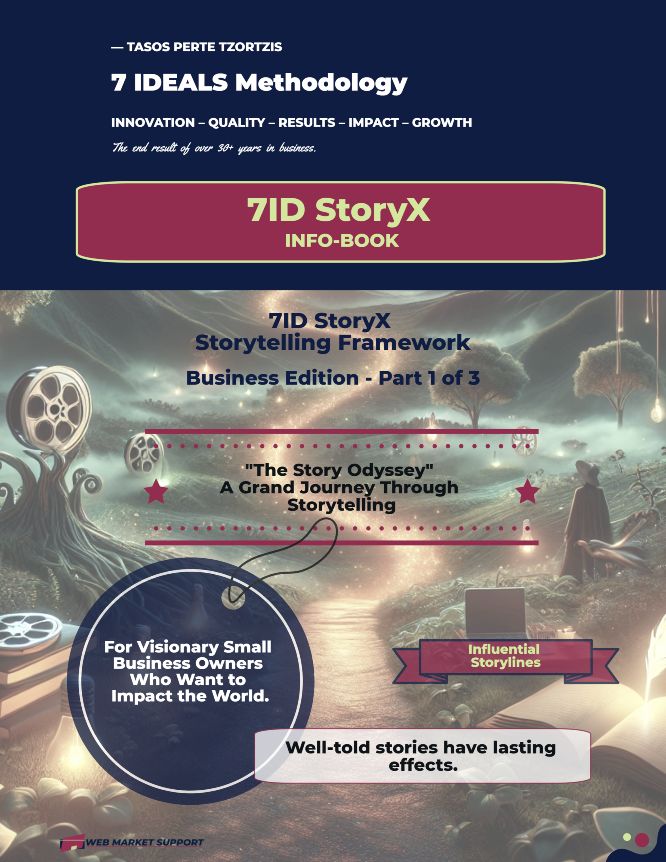While Romeo might say a rose would smell the same no matter what it was called, what you name your company can change the way your users experience you. A business name affects the tone of its marketing, the design of its branding and how consumers engage with your product or service. It’s more than a first impression, it’s a pillar of your ethos.
I say all this at the start to warn you to name with care, something many hundreds of companies fail to do every year. In fact, we know how important a name is by the number of companies with poor names who see difficulty gaining traction in their market or growing into new ones. Worst of all, so many of these poorly names companies either don’t know what they’re doing wrong or refuse to adapt, leaving them dead in the water.
Thankfully, we can learn from their mistakes.
What follows are the top nine mistakes to be made in choosing a name for your company and how to avoid them.
Top 9 Mistakes Made When Naming A Business
And How To Avoid Them

Photo by nguyenphongtran2012 on Pixabay
#1 Complicated Names
Sometimes, in an effort to have a unique name, a business can go too far and become difficult to say or remember. Anything too difficult to spell or pronounce will never be memorable, no matter how creative it is. At the end of the day, if you’ve got an overly complicated name it probably means you’re overthinking it, which is never a good sign.
Alana Degrassi, a business blogger, recommends you avoid anything that sounds overly technical or metaphorical. “Too technical means anything you have to explain, and explaining a brand name is like dissecting a frog: you might learn something, but the frog ends up in the trash.”
#2 Overlocalising
While you certainly want to appeal to customers in your local area, particularly for brick-and-mortar businesses, including overly-local keywords in your brand name could hurt you in the long run. Yes, in the early days it might boost your growth in the immediate vicinity, but once you expand beyond your street or neighborhood customers will see your brand name and be instantly turned off.
Just like you dress for the job you want, give a name for the audience you aspire to, not the one you have.
#3 Steer Clear Of Cliche
You know the names we’re talking about. Summit, Apex, Zenith: names intended to be metaphors for the heights your business will reach. Names that rely on simple success metaphors are so commonplace they could be a fictional company in a soap.
If you want to pursue the metaphor route, choose something specific about what your company does. Go for moods rather than images — a cybersecurity company might want to evoke safety and strength, while a pet grooming service might go for bright, clean, friendly words.
#4 Check Your Competitors
Brand recognition is still paramount, especially with oversaturated industries. You want a name that stands out against the competition, which is why knowing your enemy is a huge step in naming your business. You’d be surprised how many companies don’t take this step and then end up with the same name as one of their competitors.
#5 Will It Tweet?
Marketing is the cornerstone of any brand, so it makes sense to consider social media when naming your business. This makes naming a simple numbers game: if your name idea is longer than 15 characters it won’t fit on most social media platforms. This would mean coming up with a shortened version or an acronym, at which point all the work you put into your name is lost.
This will go for hashtags as well. The longer your company name is the fewer options you have in creating hashtags to accompany your content, especially with character limits on Twitter.
#6 Unclear Names
“Unless you’re Steve Jobs, don’t name your computer company after fruit. Choose a name that tells you about your company,” advises Tilly Bauer, a tech writer.
When you’re a small start-up you want your name to give users an idea of what you do, or at least what industry you’re in. Picking something metaphorical and mysterious will not pique consumer’s interests, it’ll just confuse them and discourage them from clicking on you.
#7 Trend Sailing
You want your company to be around for the foreseeable future (I assume), so try to pick something timeless. It can be tempting to capitalize on a trend, news item or even a meme to gain traction with a movement, but these things will soon pass and you’ll look like the Grandpa at the party within a few months. Try and set trends, rather than follow them.
#8 Sticking To Your (Bad) Guns
Worse than picking a bad business name is doubling down and refusing to change it. In a way it’s understandable: changing a name can be difficult and costly, but if you know you have a stinker on your hands waiting around will change nothing. Avoid the sunk cost fallacy here and know when to change tactics if your name isn’t working for you.
#9 Not Getting Feedback
Avoid having to change your business name in the first place by checking it with your consumers first. Launching too early with a name you haven’t road-tested could lose you that all-important initial brand recognition. Always survey your potential userbase with names, logo mock-ups and branding before deciding on a name. Get survey respondents to read and pronounce your name, to avoid confusion with alternative spellings.
Conclusion: Take Your Time
All of these mistakes boil down to companies failing to take the time to consider their names before rushing ahead.
I get it, starting a company is exciting, and you want to get going with the real work of business. But don’t forget that naming your company is an important job because it will go on to define the way consumers see you.
You want to approach it with care and attention so that you know you are happy with the result when you have it.

Mildred Delgado
Marketing Strategist
Mildred Delgado is a twenty-four-year-old marketing strategist at Academicbrits and PhdKingdom. She works with marketing teams in order to create fully-functional sites that accurately portray the company and boost its user engagement. Mildred presents this information in a series of marketing proposals and isn’t afraid of using animations. You can find more of her work at Thesis Help.














0 Comments